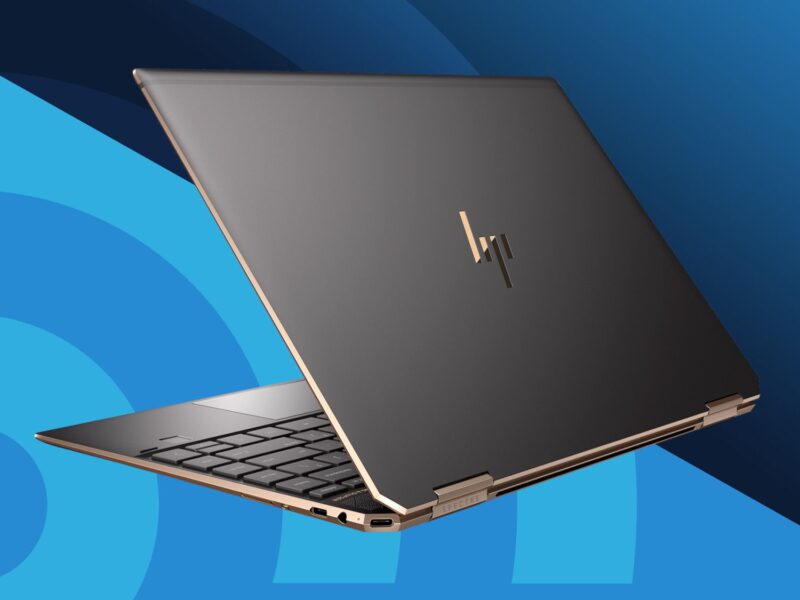To assist academics, developers, and enthusiasts in exploring and analyzing virtual networks, VN-TEMU is a potent simulation tool. This manual will take you step-by-step through the installation and configuration of VN-TEMU for your simulation requirements. To start using VN-TEMU without any trouble, simply follow these steps.
System Requirements: Before beginning the installation, make sure your system complies with the following standards:
Operating system: The Windows, macOS, and Linux operating systems are all compatible with VN-TEMU.
- Intel Core i5.
- RAM: 8GB or more.
- Minimum 20GB of free disk space is required.
- Ethernet network adapter with Gigabit capabilities.
Installation:
These general actions should be followed to install VN-TEMU:
Step 1: Download VN-TEMU
To get the most recent software version compatible with your operating system, go to the official VN-TEMU website.
Step 2: Install dependencies
For proper operation, VN-TEMU is dependent on a few different things. Ensure your machine has the necessary software, such as Python.
Step 3: run the installer
Launch the downloaded installation file to install VN-TEMU on your computer and adhere to the on-screen instructions. Depending on system, the installation process could take.
Configuration: After VN-TEMU has been successfully installed, it needs to be tailored to your simulation’s needs.
Step 1: Setup of the Network Adapter
VN-TEMU needs a dedicated network adapter with Gigabit capabilities to build and operate virtual networks. Check the functionality of your network adapter by connecting it to your computer.
Step 2: Initialize VN-TEMU.
Using the desktop shortcut or the installation directory, launch VN-TEMU. You will be prompted to configure the bare minimum settings at the initial launch.
Step 3: Network Topology
Using VN-TEMU, specify the network topology you want to mimic. You can import pre-existing network topologies or develop new ones using formats like JSON or XML.
Step 4: Virtual Network Nodes
Your topology should include virtual network nodes like hosts, switches, and routers. Set up each node with a specified configuration to closely resemble real-world behavior.
Step 5: Link Connections
E creates link connections between the virtual network nodes to simulate data transfer. Set each link’s bandwidth, latency, and other characteristics by the needs of your simulation.
Performing Simulations: After installing and configuring VN-TEMU, you can perform simulations.
Step1: load the topology
Open VN-TEMU and load the network configuration you have previously configured and want to emulate. Check out for more info. E-commerce Market.
Step 2: Begin the simulation.
Start the simulation to observe how your virtual network responds to various scenarios. Analyze network performance, monitor data flow, and spot any potential bottlenecks.
Step 3: Review the findings
VN-TEMU offers thorough logs and reports to help you evaluate the outcomes of your simulations. E evaluates network performance indicators, spot problems, and makes data-driven choices to optimize your virtual network.
Advanced Features: For users who want to explore more sophisticated simulations, VN-TEMU offers several advanced features.
Writing unique scripts allows you to automate operations, create traffic patterns, or introduce particular network events during simulations.
Real-time Monitoring: Visualize network traffic and performance dynamically while keeping track of the simulation in real time using graphical interfaces.
Testing for Scalability: To test the scalability of your systems and applications, simulate large-scale networks.
Updates and Assistance:
By often checking for updates on the VN-TEMU website, you may stay informed about the most recent advancements and issue corrections. To fix problems or ask for help, you can also access user documentation, forums, and community support.
Conclusion:
A useful tool for investigating virtual networks and running simulations is VN-TEMU. By following this installation and setup tutorial, You may utilize VN-TEMU to study network behaviors, test applications, and improve your virtual network setups. Enjoy your modeling!


